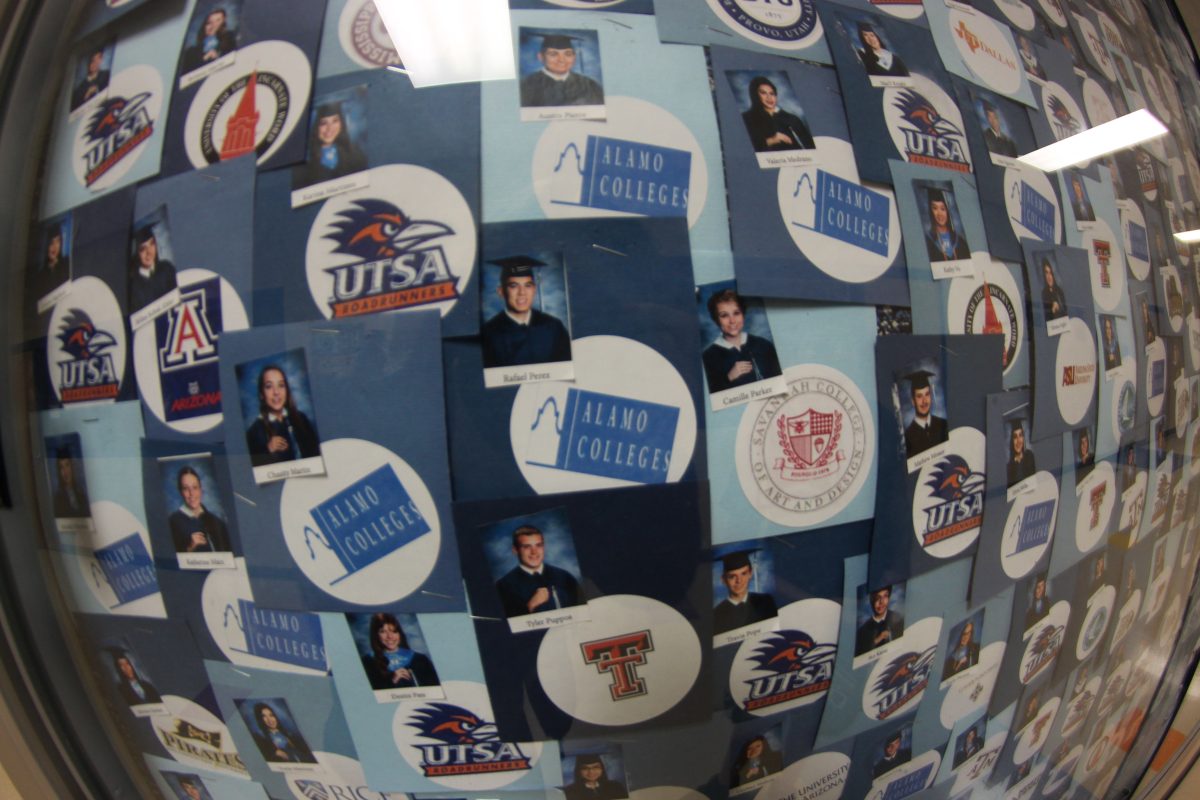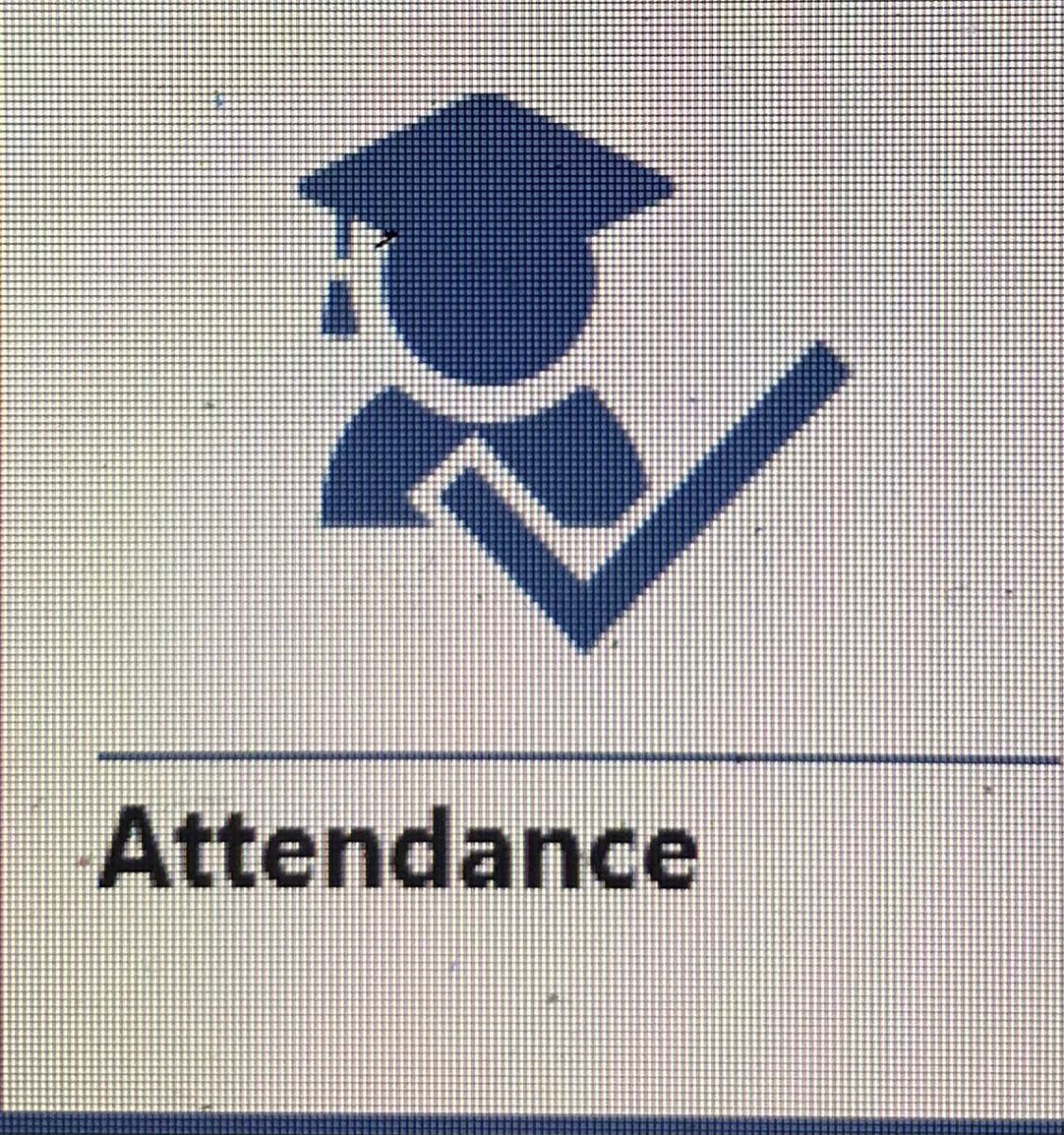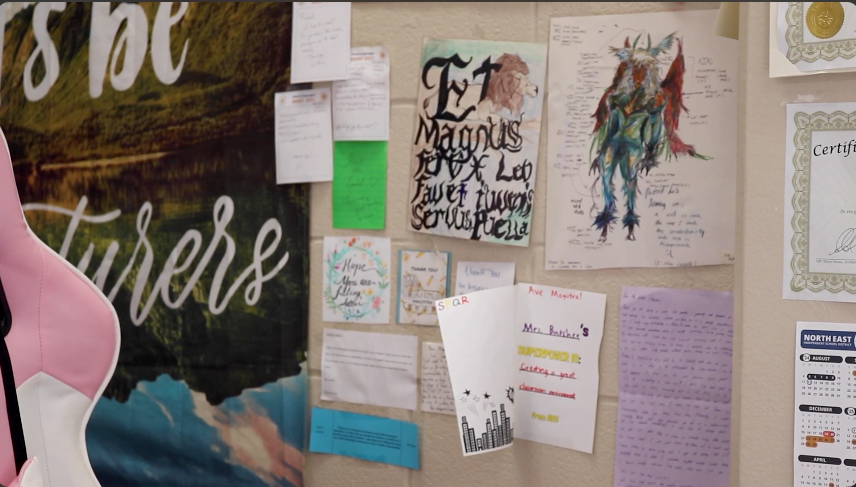by Emma Fitzhugh | Staff Writer
After two years of thinking and planning for the future, senior Maddie Houston makes plans for her academic career post high school. After experiencing what advanced classes were like, she decides to go ahead and accept the opportunity to take a step-up in her education, thus beginning her journey with dual credit classes.
“I’ve always been in Pre-AP and AP classes, so I just followed the natural progression. But I really like dual credit because it seems to be easier than having to take an AP class,” Houston said.
Dual credit is a program available to sophomores through seniors where these students can chose to take certain classes that allow them to be simultaneously enrolled, and earning college credits, at San Antonio College (SAC), while still in high school.

Houston explains what she thinks is dual credit’s main advantage over advanced courses, and how she thinks that taking dual credit classes actually benefits her more.
“I like dual credit probably even more than AP, because I don’t like AP tests, and I think it’s just easier taking dual credit because you just have to make an 80, and so that’s easier for me. They just don’t offer a lot of dual credit classes, and I think all the ones are AP, so they have the multiplier as well so that’s nice,” Houston said.
Houston’s right- nearly all of the dual credit classes available to students are advanced placement courses, including English IV AP/GT, Biology AP, Anatomy/Physiology, US History, American Sign language (ASL) III, College Algebra, and Theater Arts III/IV DC.
Houston’s results on her THEA test gave her eligibility to take dual credit classes, which enabled her to earn multiple credits that will actually transfer to the college she plans to go to.
“We had to take the THEA test, and I took that sophomore year, and was in dual credit classes last year too. I was in dual credit theater, AP history, and this year English IV AP dual credit, and Biology AP dual credit. I think I’m gonna go to Baylor; they accept the credits. This year I’ll have eight credits for Biology and six in English. I haven’t really calculated it, but I think I’m almost at a sophomore level in college,” Houston said.
Clearly, some students greatly benefit from taking dual credit classes, as in Houston’s case. She goes on to say the reasons why some students maybe don’t take these upper level classes, one of the reasons being that these college credits that are earned may only transfer to public Texas universities.
Counselor Rebecca Hudkins justifies this concern, and explains how students should be aware of that before they decide to take on these courses.

“The credits are earned through San Antonio college, through the community college. The credits are earned and they will actually have a college transcript with hours that they’ve earned on it. If they stay in the state of Texas, those hours are supposed to be honored. They can be honored at any public university in Texas, so it can be the University of Texas, or any community college in Texas. Now the private schools, it depends. They can choose to honor it or not. Outside of the state of Texas, it depends on the university and how they look at the credits. But basically the students will, when they graduate, and they’ve been in dual credit, they will actually have a college transcript that says ‘I’ve earned six hours, I’ve earned 12 hours, I’ve earned 24 hours of credit,’ and then it just becomes a question of the university, or the school that they go to in the future, whether that school is going to honor those credits or not,” Hudkins said.
So it is ultimately up to the student to decide if this is simply a chance worth taking. Hudkins also explains in further detail the specific qualifications in order to be eligible for the dual credit program, and how students can be enrolled both in high school and simultaneously at SAC.
“You have to determine how you’re going to qualify. This year, the new test is called TSI. You can also, if you’re a sophomore, use your PSAT scores. A lot of juniors have taken the SAT or the ACT, so they can use those. You can use any of those scores if you have a certain score requirement. In North East ISD, and at Johnson, we have a situation where our teachers are associate professors. They’ve got a certain level of education, and they’ve been approved through San Antonio college. That means they are actually employed by SA college, as well as by North East ISD. For our students in the dual credit program, they actually don’t have to attend SA college, they actually just go to a normal, AP dual credit class, and they are getting the instruction,” Hudkins said.
Once eligible to sign up for dual credit classes, students can gain up to 12 to 24 hours of college credits, which could possibly put them at almost a sophomore level in college, depending on the university they chose to attend. And according to Hudkins, if you’re going to take the time and effort to be in an advanced course already, then dual credit shouldn’t be too difficult.
“Most of our dual credit classes are already associated with the course, and so for me, my experience is it benefits most kids in the end. If you’re going to be in the effort of being in an AP class, it doesn’t hurt them to go on and apply and be apart of the dual credit program, because the way I described it is like – it’s a guarantee. It’s a guarantee, you have those hours, you don’t have to rely on that three, four, or five on your AP exam score to possibly earn hours, you actually have hours,” Hudkins said.
Junior Lindsey Bohannan agrees with Hudkins, saying that she was already involved in sign language, so she just decided to continue with the more challenging course because she enjoys it.
“I chose to take dual credit because it gives me a college credit in a foreign language and overall dual credit courses help in the applying for college process. Plus I enjoy sign language very much and decided to challenge myself with the harder expectations that are associated with the course,” Bohanan said.








